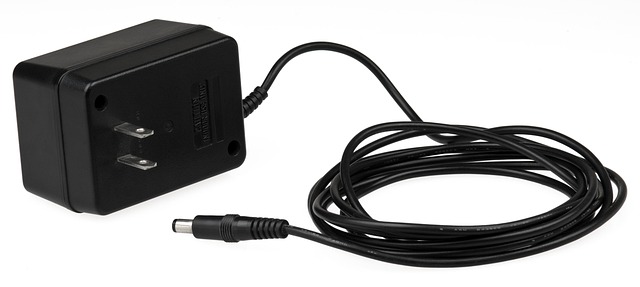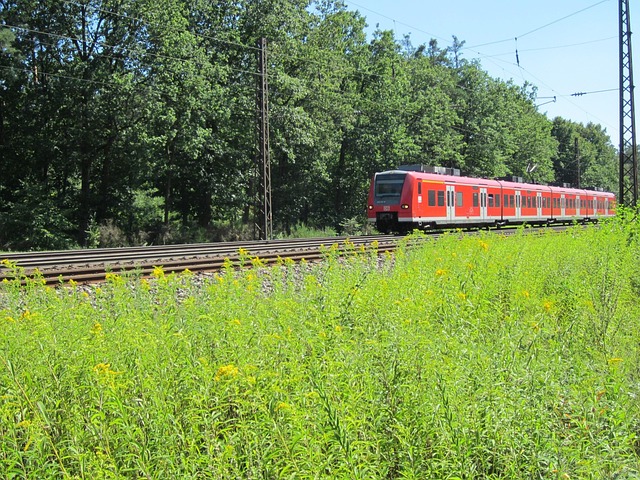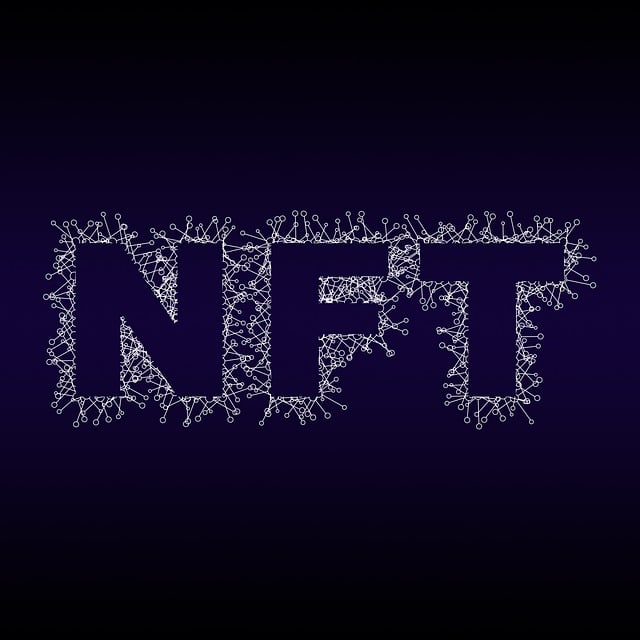Warts spread through skin-to-skin contact and contaminated surfaces. Non-invasive removal methods, like those at Essex, Salford, Rotherham, Guildford, Gloucester, and Wolverhampton clinics, offer effective, gentle solutions. Isolation, disinfection, and proper hygiene prevent spread. Topical treatments, cryotherapy, and laser procedures remove warts quickly. Maintaining healthy skin post-treatment prevents recurrences.
Warts can be pesky, but understanding their behavior is key to preventing their spread. In this article, we explore top strategies to stop warts from spreading, focusing on non-invasive removal methods that are both effective and safe. From isolating contaminated areas to promoting healthy skin, these five approaches will help you manage and minimize the recurrence of warts. Discover the best practices for wart control without invasive procedures.
- Understand Wart Behavior to Prevent Spread
- Isolate and Disinfect Contaminated Areas
- Non-Invasive Removal Techniques Explained
- Topical Treatments for Wart Control
- Promote Healthy Skin to Reduce Recurrences
Understand Wart Behavior to Prevent Spread

Warts are caused by certain strains of human papillomavirus (HPV) and can spread through direct skin-to-skin contact or by touching contaminated surfaces. Understanding this behavior is crucial in preventing their spread, especially when considering non invasive wart removal methods. Once a wart forms, it doesn’t simply go away; instead, it has the potential to grow and even multiply if left untreated.
While many people turn to medical interventions or homeopathic remedies for various types of warts, private wart removal Essex Chelmsford or Salford Wart Clinic options can be effective. However, it’s important to note that not all methods are created equal. Some homeopathic remedies might offer relief without the side effects associated with more invasive procedures, making them a preferred choice for those seeking gentle yet efficient solutions.
Isolate and Disinfect Contaminated Areas

Wart spread is often facilitated by sharing personal items and touching contaminated surfaces. To break this chain of infection, it’s crucial to isolate and disinfect areas where warts are present or suspected. This includes places like public showers, gyms, and swimming pools – common hotspots for wart transmission. Regularly sanitizing high-touch surfaces with reputable disinfectants is a top-rated natural wart remover that can significantly reduce the risk of spread.
Considered a non invasive wart removal method, keeping contaminated zones separate and clean plays a vital role in your overall strategy to get rid of warts. Additionally, using top-quality personal care items – like disposable slippers or towels – while in public spaces can further impede the transfer of the virus responsible for warts, ensuring effective wart removal Bolton or Canterbury-style.
Non-Invasive Removal Techniques Explained

Warts can be a persistent and unsightly issue, but there are several non-invasive removal techniques available that offer effective and quick relief. These methods provide an alternative to more aggressive treatments and are often preferred for their minimal discomfort and fast results. One popular approach is cryotherapy, where extreme cold is used to freeze and destroy the wart. This procedure is usually quick and can be performed in a doctor’s clinic or even at home using over-the-counter freezing kits, making it an easily accessible quick and easy wart removal tip.
Another non-invasive method gaining popularity is laser treatment. This technique uses concentrated light energy to burn away the affected skin cells, removing the wart without surgery. Laser treatments are known for their precision, ensuring minimal damage to surrounding healthy skin. For those seeking a more natural approach, topical treatments with chemicals like salicylic acid or podophyllotoxin can be applied at home over several weeks to soften and eventually remove the wart. The rotherham wart clinic and wart removal guildford are excellent resources for exploring these options, offering specialized care tailored to individual needs.
Topical Treatments for Wart Control

When it comes to topical treatments for wart control, many people turn to non-invasive methods as a preferred approach to private wart removal Gloucester. These treatments are designed to target and eliminate warts without causing significant discomfort or leaving permanent scars. One popular option is salicylic acid, which can be applied at home as a simple and relatively painless procedure. This acid works by dissolving the dead skin cells that make up the wart, gradually reducing its size over several weeks of consistent application.
Another non-invasive wart removal method gaining popularity is cryotherapy or freezing warts with liquid nitrogen. This technique, often employed in manchester wart clinic settings, involves quickly freezing the affected area to destroy the wart’s tissue. While it may cause temporary discomfort, it offers a fast and effective solution for many individuals seeking private wart removal Gloucester. These non-invasive methods provide convenient alternatives to more aggressive treatments, ensuring you can manage warts effectively without extensive procedures or downtime.
Promote Healthy Skin to Reduce Recurrences

Promoting healthy skin is a key step in preventing wart recurrences, especially after trying a non-invasive wart removal method like those offered at the West Midlands Wolverhampton Wart Clinic. Keeping your skin strong and robust makes it less susceptible to viral infections that cause warts. Regularly exfoliate and moisturise your skin to maintain its health and integrity. Avoid damaging or chafing your skin, as these can create entry points for the virus.
Consider alternatives to traditional wart treatment methods, such as those available at a wart removal Coventry clinic, if you’re seeking a more gentle approach. These options often focus on strengthening the immune system to fight off the virus naturally. Whatever method you choose, maintaining good skin hygiene and practices can significantly reduce the chances of warts returning.
By understanding wart behavior and implementing effective prevention strategies, such as isolating contaminated areas and promoting healthy skin, you can significantly reduce the risk of wart spread. Among the top non-invasive wart removal methods, topical treatments have shown promise. Remember, maintaining a clean environment and practicing good hygiene are essential to control warts and prevent recurrences.
